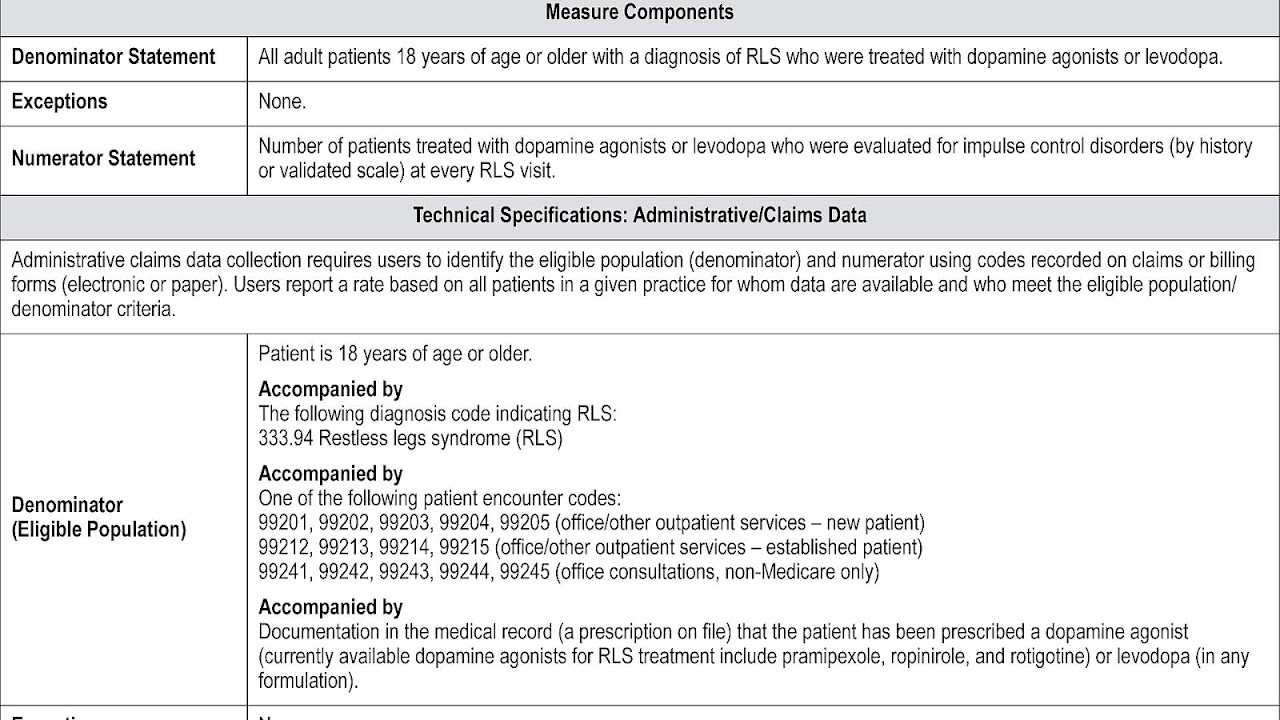
Pramipexole (Mirapex, Mirapexin, Sifrol) is a dopamine agonist of the non-ergoline class indicated for treating Parkinson's disease (PD) and restless legs syndrome (RLS).
![Prolactin and fMRI response to SKF38393 in the baboon [PeerJ] Prolactin and fMRI response to SKF38393 in the baboon [PeerJ]](https://i0.wp.com/imgstore.ga/wp-contents/uploads/2015/2/QrtKxg.jpg)
Maps, Directions, and Place Reviews
Pharmacology
Pramipexole acts as a partial/full agonist at the following receptors:
- D2S receptor (Ki = 3.9 nM; IA = 130%)
- D2L receptor (Ki = 2.2 nM; IA = 70%)
- D3 receptor (Ki = 0.5 nM; IA = 70%)
- D4 receptor (Ki = 5.1 nM; IA = 42%)
Pramipexole also possesses low/insignificant affinity (500-10,000 nM) for the 5-HT1A, 5-HT1B, 5-HT1D, and ?2-adrenergic receptors. It has negligible affinity (>10,000 nM) for the D1, D5, 5-HT2, ?1-adrenergic, ?-adrenergic, H1, and mACh receptors. All sites assayed were done using human tissues.
While pramipexole is used clinically (see below), its D3-preferring receptor binding profile has made it a popular tool compound for preclinical research. For example, pramipexole has been used (in combination with D2- and or D3-preferring antagonists) to discover the role of D3 receptor function in rodent models and tasks for neuropsychiatric disorders. Of note, it appears that pramipexole, in addition to having effects on dopamine D3 receptors, may also affect mitochondrial function via a mechanism that remains less understood. A pharmacological approach to separate dopaminergic from non-dopaminergic (e.g. mitochondrial) effects of pramipexole has been to study the effects of the R-stereoisomer of pramipexole (which has much lower affinity to the dopamine receptors when compared to the S-isomer) side-by-side with the effects of the S-isomer.
Parkinson's disease is a neurodegenerative disease affecting the substantia nigra, a component of the basal ganglia. The substantia nigra has a high quantity of dopaminergic neurons, which are nerve cells that release the neurotransmitter known as dopamine. When dopamine is released, it may activate dopamine receptors in the striatum, which is another component of the basal ganglia. When neurons of the substantia nigra deteriorate in Parkinson's disease, the striatum no longer properly receives dopamine signals. As a result, the basal ganglia can no longer regulate body movement effectively and motor function becomes impaired. By acting as an agonist for the D2, D3, and D4 dopamine receptors, pramipexole may directly stimulate the underfunctioning dopamine receptors in the striatum, thereby restoring the dopamine signals needed for proper functioning of the basal ganglia.

Bipolar depression
In a single controlled study of twenty one patients, pramipexole was found to be highly effective in the treatment of bipolar depression. Treatment was initiated at 0.125 mg three times a day and increased at a rate of 0.125 mg three times a day to a limit of 4.5 mg daily until the patients' condition satisfactorily responded to the medication or they could not tolerate the side effects. The final average dosage was 1.7 ± 0.9 mg daily. The incidence of hypomania in the treatment group was no greater than in the control group, although the size of the study is too small to determine risks for manic switch.

Unipolar depression
In one controlled study, pramipexole was shown to be efficacious in the treatment of unipolar depression.cited in

Side effects
Common side effects of pramipexole may include:
- Headache
- Peripheral edema (Tan EK, Ondo W. Clinical characteristics of pramipexole-induced peripheral edema. Arch Neurol. 2000;57:729-732.)
- Hyperalgesia (body aches and pains)
- Nausea and vomiting
- Sedation and somnolence
- Decreased appetite and subsequent weight loss
- Orthostatic hypotension (resulting in dizziness, lightheadedness, and possibly fainting, especially when standing up)
- Insomnia
- Hallucinations (seeing, hearing, smelling, tasting or feeling things that are not there)
- Twitching, twisting, or other unusual body movements
- Unusual tiredness or weakness
Several unusual adverse effects of pramipexole (and related D3-preferring dopamine agonist medications such as ropinirole) may include compulsive gambling, punding, hypersexuality, and overeating, even in patients without any prior history of these behaviours.

Research
Pramipexole has been evaluated for the treatment of cluster headache and to counteract problems with sexual dysfunction experienced by some users of selective serotonin reuptake inhibitor (SSRI) antidepressants. Pramipexole has shown effects on pilot studies in a placebo-controlled proof of concept study in bipolar disorder. It is also being investigated for the treatment of clinical depression and fibromyalgia.
Source of the article : Wikipedia


EmoticonEmoticon